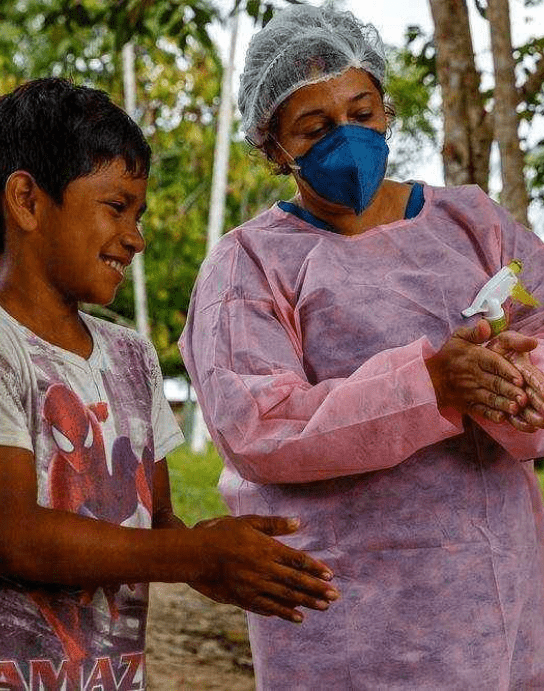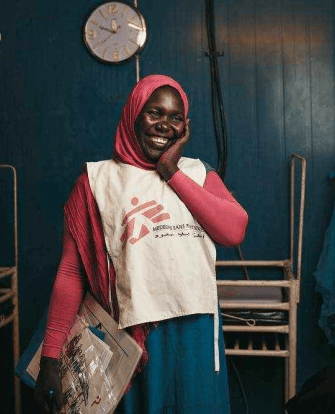Putting kala azar in context
Along with chagas disease and sleeping sickness, kala azar is one of the most dangerous neglected tropical diseases (NTDs). Kala azar is endemic in 76 countries with approximately 200 million people at risk of infection.
The parasite is spread to humans through the bite of infected female sand flies. It attacks the immune system, and is almost always fatal if not treated.
There are between 200,000 and 400,000 new cases a year, about 90 percent of which are in India, Bangladesh, Nepal, Sudan, and Brazil.




